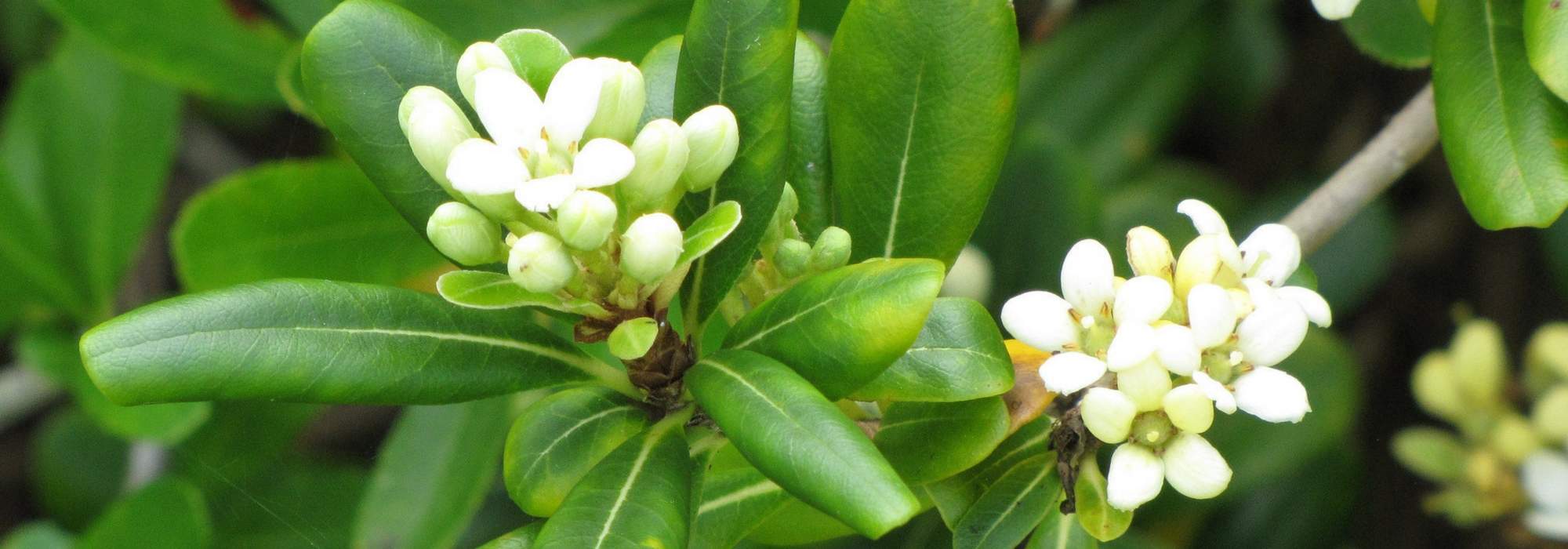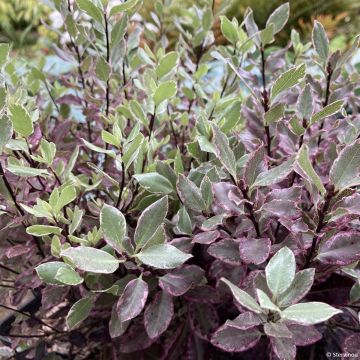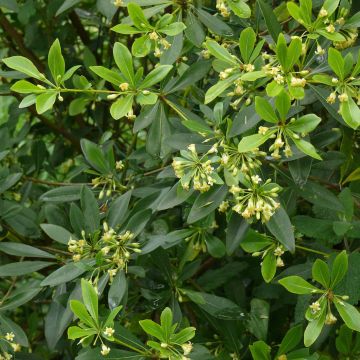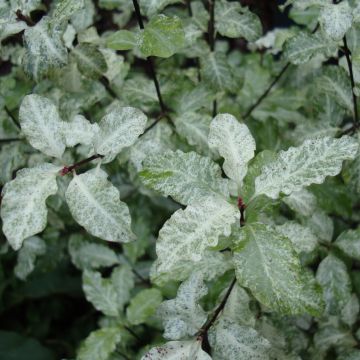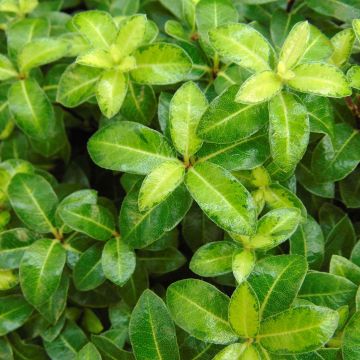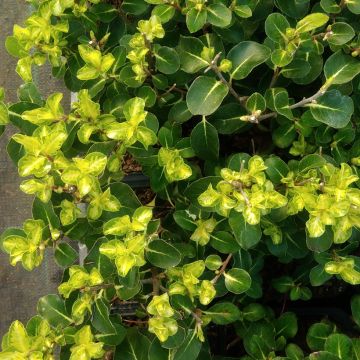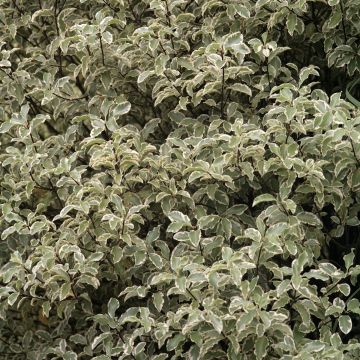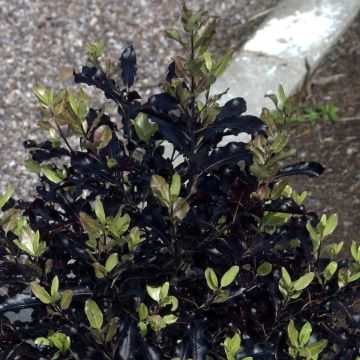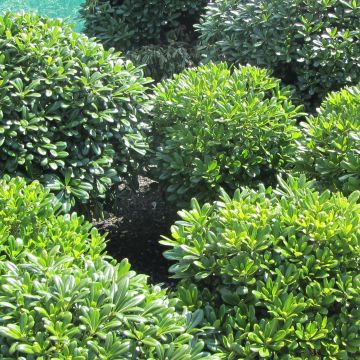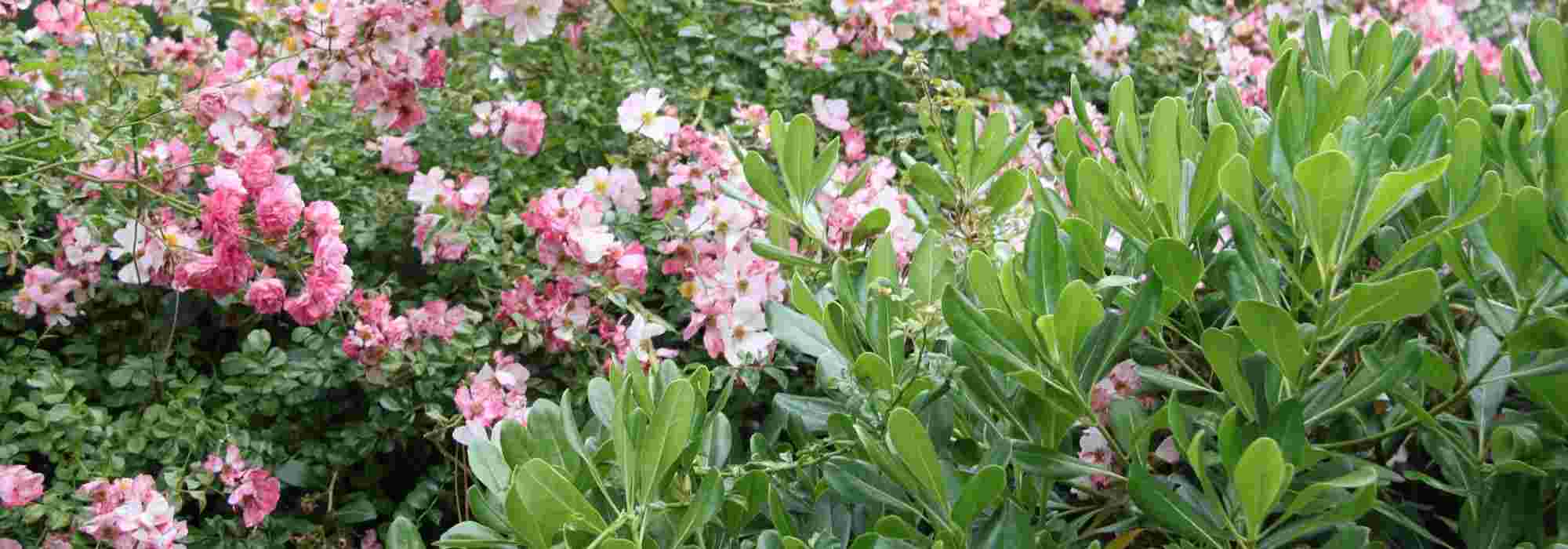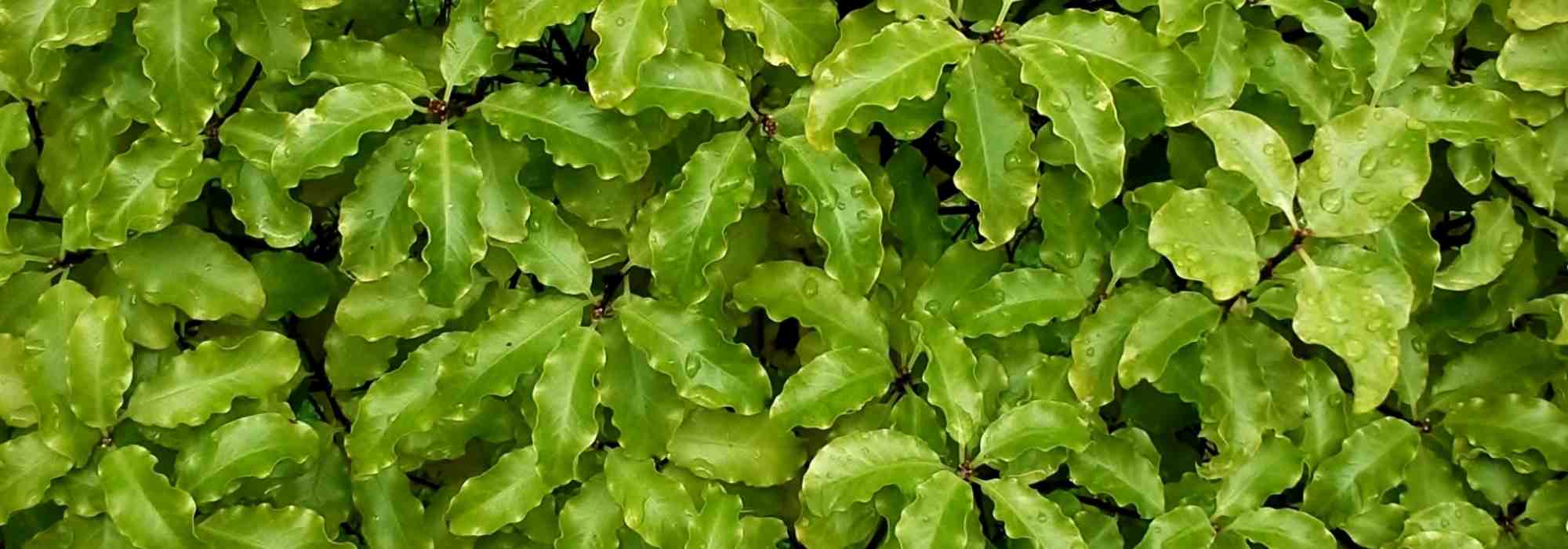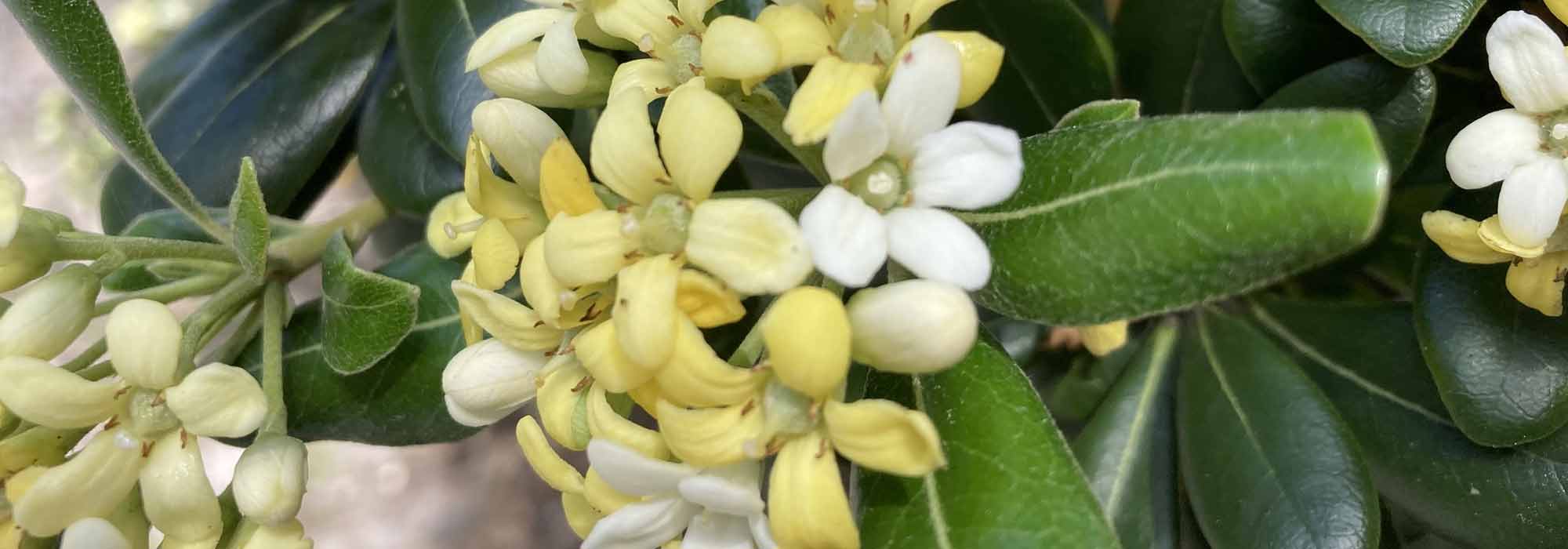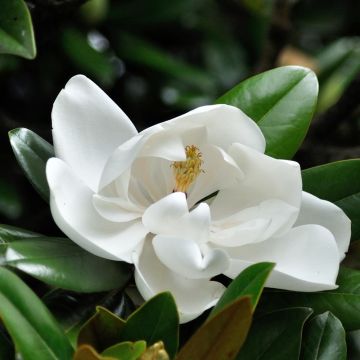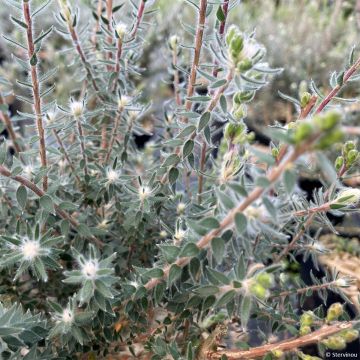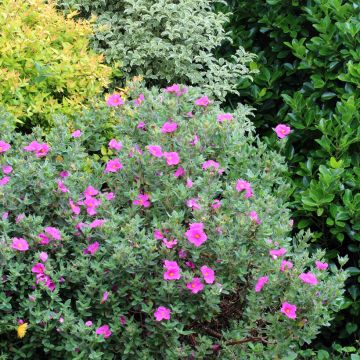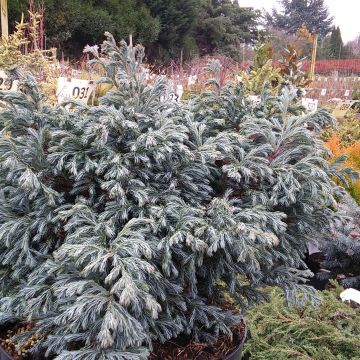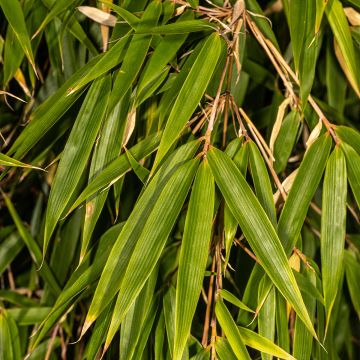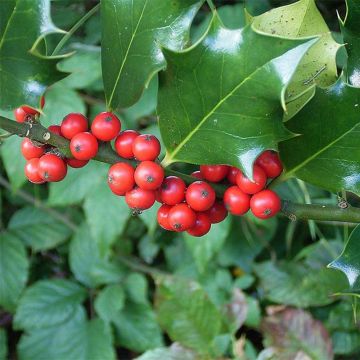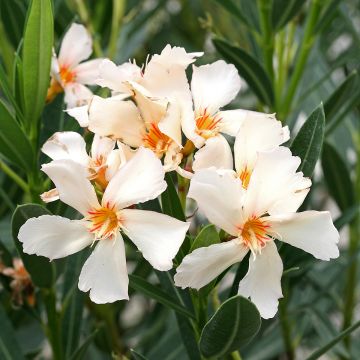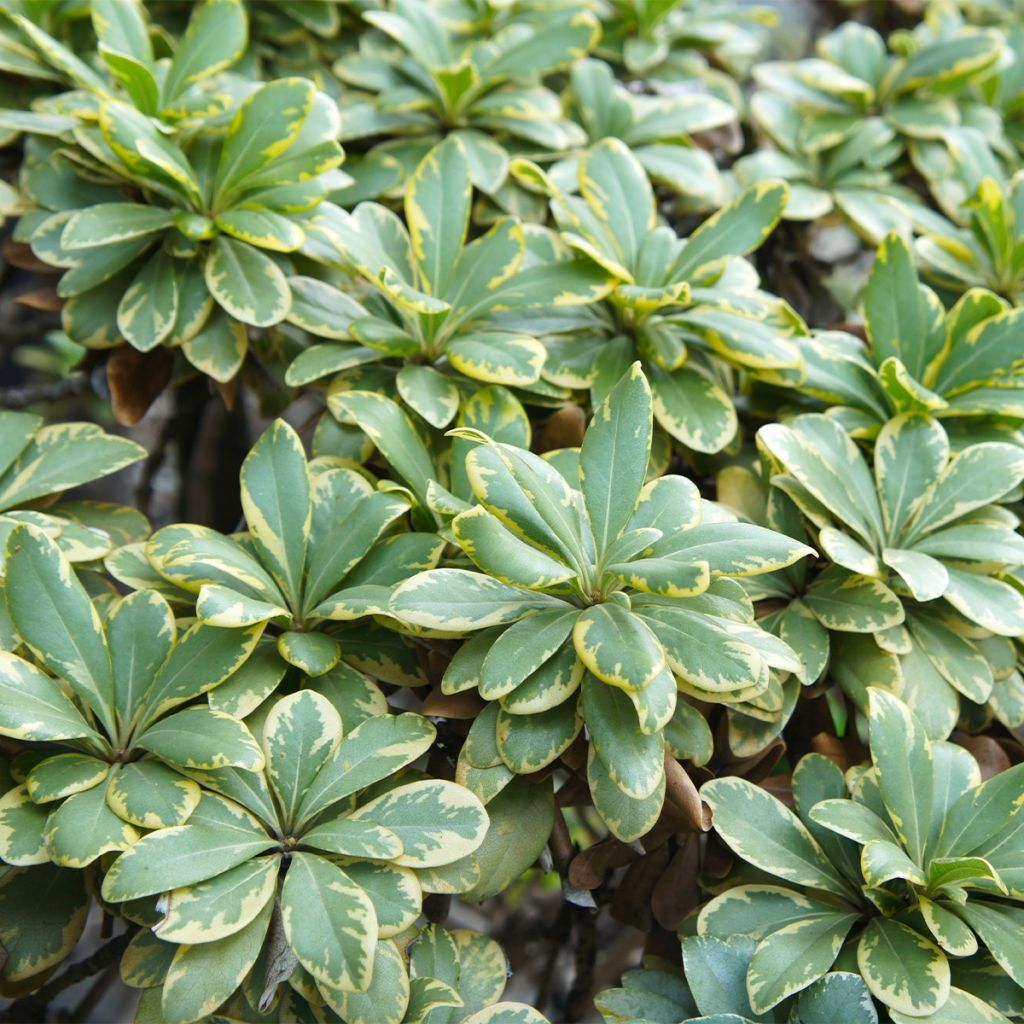

Pittosporum tobira nana Neige du mont Ventoux


Pittosporum tobira nana Neige du mont Ventoux
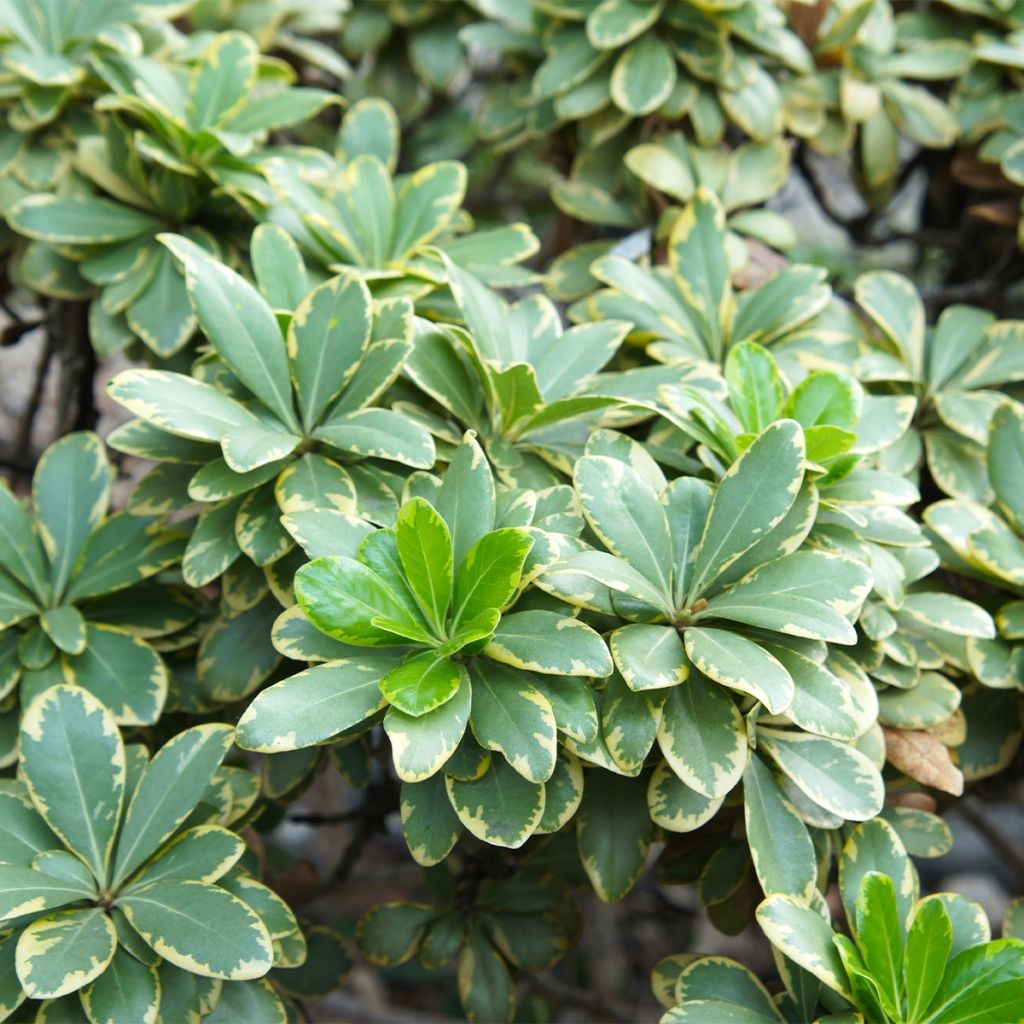

Pittosporum tobira nana Neige du mont Ventoux
Pittosporum tobira var. nana Neige du mont Ventoux - Japanese Pittosporum
Pittosporum tobira var. nana Neige du mont Ventoux
Japanese Pittosporum, Australian laurel
Very beautiful young plant I recommend
joelle, 20/03/2022
Special offer!
Receive a €20 voucher for any order over €90 (excluding delivery costs, credit notes, and plastic-free options)!
1- Add your favorite plants to your cart.
2- Once you have reached €90, confirm your order (you can even choose the delivery date!).
3- As soon as your order is shipped, you will receive an email containing your voucher code, valid for 3 months (90 days).
Your voucher is unique and can only be used once, for any order with a minimum value of €20, excluding delivery costs.
Can be combined with other current offers, non-divisible and non-refundable.
Home or relay delivery (depending on size and destination)
Schedule delivery date,
and select date in basket
This plant carries a 24 months recovery warranty
More information
We guarantee the quality of our plants for a full growing cycle, and will replace at our expense any plant that fails to recover under normal climatic and planting conditions.

Would this plant suit my garden?
Set up your Plantfit profile →
Description
Pittosporum tobira 'Nana Neige du Mont Ventoux' is a dwarf variety of Japanese Pittosporum that stands out for its beautiful foliage, strongly margined with cream-yellow on young leaves and then with cream-white on mature leaves. Evergreen in winter, dotted with small fragrant flowers in spring, this shrub is decorative all year round. With its small size, bright foliage, and naturally dense and regular habit, this selection is well suited for small gardens and ornamental terraces. Fairly frost-sensitive and water-efficient, Japanese Pittosporum is widely planted in coastal areas and dry gardens in mild regions.
Pittosporum tobira is native to Japan and belongs to the Pittosporaceae family. The cultivar 'Neige du Mont Ventoux' was selected in a nursery located near Mont Ventoux, in the Vaucluse region. On a 'Nana' Pittosporum, a branch with white-margined foliage appeared, which, once propagated by cutting, revealed a very stable variegation over time. This shrub has a well-rounded and regular habit, and its growth is slow: it does not exceed 1m (3ft) in height and reaches about 80cm (32in) in width. It bears entire, ovate, and spatulate leaves, thick and glossy, 5cm (2in) long, which are alternately arranged on the branches. They persist all year round, even in winter. The leaves are variegated from light yellow to white on a light green background. Flowering, in favourable climates, occurs in May, but it is not very abundant. The small bell-shaped flowers, white or yellowish-green, very fragrant, 1cm (1in) in diameter, appear in small terminal clusters on the foliage.
Pittosporum tobira 'Neige du Mont Ventoux' can be planted in rockeries, bordering flowerbeds, in low evergreen hedges, or in containers on a terrace to enjoy its beautiful foliage and the delicate fragrance of its flowers. It is preferable to cultivate it in pots in colder regions, which allows protection from frost in an unheated greenhouse or conservatory. It can be used like boxwood and pairs well with many shrubs such as laurel, viburnum, myrtle, or osmanthus. This shrub, which can withstand severe pruning if necessary, is very versatile.
Tips: Apply a good organic fertilizer every year for better flowering. In pots, pruning is almost unnecessary.
Pittosporum tobira var. nana Neige du mont Ventoux - Japanese Pittosporum in pictures
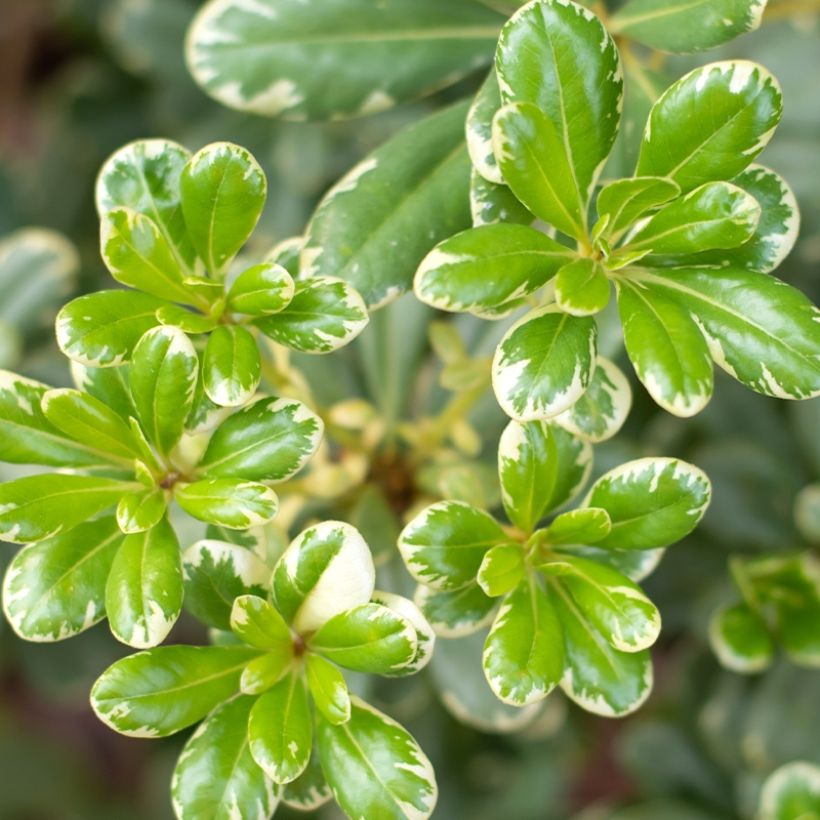

Plant habit
Flowering
Foliage
Botanical data
Pittosporum
tobira var. nana
Neige du mont Ventoux
Pittosporaceae
Japanese Pittosporum, Australian laurel
Cultivar or hybrid
Other Pittosporum
View all →Planting and care
Pittosporum tobira 'Neige du Mont Ventoux' is preferably planted in spring in a fertile, well-drained, even dry soil. Not very hardy ,-7 to -10°C (19.4 to 14°F), choose a warm location, in full sun and shelter from prevailing winds. Immediately mulch the base. Plant it along a south-facing wall in regions with harsh winters. In a cooler climate, cover it with a winter veil or shelter it on a frost-free veranda for the winter season. To help it branch out during the first years of planting, pinch the young shoots. In mature plants, trim the branches that appear at the end of the growing season. It can be shaped into a ball or hedge. Apply a good organic fertilizer every year for better flowering.
Planting period
Intended location
Care
Planting & care advice
-
, onOrder confirmed
Reply from on Promesse de fleurs
Similar products
Haven't found what you were looking for?
Hardiness is the lowest winter temperature a plant can endure without suffering serious damage or even dying. However, hardiness is affected by location (a sheltered area, such as a patio), protection (winter cover) and soil type (hardiness is improved by well-drained soil).

Photo Sharing Terms & Conditions
In order to encourage gardeners to interact and share their experiences, Promesse de fleurs offers various media enabling content to be uploaded onto its Site - in particular via the ‘Photo sharing’ module.
The User agrees to refrain from:
- Posting any content that is illegal, prejudicial, insulting, racist, inciteful to hatred, revisionist, contrary to public decency, that infringes on privacy or on the privacy rights of third parties, in particular the publicity rights of persons and goods, intellectual property rights, or the right to privacy.
- Submitting content on behalf of a third party;
- Impersonate the identity of a third party and/or publish any personal information about a third party;
In general, the User undertakes to refrain from any unethical behaviour.
All Content (in particular text, comments, files, images, photos, videos, creative works, etc.), which may be subject to property or intellectual property rights, image or other private rights, shall remain the property of the User, subject to the limited rights granted by the terms of the licence granted by Promesse de fleurs as stated below. Users are at liberty to publish or not to publish such Content on the Site, notably via the ‘Photo Sharing’ facility, and accept that this Content shall be made public and freely accessible, notably on the Internet.
Users further acknowledge, undertake to have ,and guarantee that they hold all necessary rights and permissions to publish such material on the Site, in particular with regard to the legislation in force pertaining to any privacy, property, intellectual property, image, or contractual rights, or rights of any other nature. By publishing such Content on the Site, Users acknowledge accepting full liability as publishers of the Content within the meaning of the law, and grant Promesse de fleurs, free of charge, an inclusive, worldwide licence for the said Content for the entire duration of its publication, including all reproduction, representation, up/downloading, displaying, performing, transmission, and storage rights.
Users also grant permission for their name to be linked to the Content and accept that this link may not always be made available.
By engaging in posting material, Users consent to their Content becoming automatically accessible on the Internet, in particular on other sites and/or blogs and/or web pages of the Promesse de fleurs site, including in particular social pages and the Promesse de fleurs catalogue.
Users may secure the removal of entrusted content free of charge by issuing a simple request via our contact form.
The flowering period indicated on our website applies to countries and regions located in USDA zone 8 (France, the United Kingdom, Ireland, the Netherlands, etc.)
It will vary according to where you live:
- In zones 9 to 10 (Italy, Spain, Greece, etc.), flowering will occur about 2 to 4 weeks earlier.
- In zones 6 to 7 (Germany, Poland, Slovenia, and lower mountainous regions), flowering will be delayed by 2 to 3 weeks.
- In zone 5 (Central Europe, Scandinavia), blooming will be delayed by 3 to 5 weeks.
In temperate climates, pruning of spring-flowering shrubs (forsythia, spireas, etc.) should be done just after flowering.
Pruning of summer-flowering shrubs (Indian Lilac, Perovskia, etc.) can be done in winter or spring.
In cold regions as well as with frost-sensitive plants, avoid pruning too early when severe frosts may still occur.
The planting period indicated on our website applies to countries and regions located in USDA zone 8 (France, United Kingdom, Ireland, Netherlands).
It will vary according to where you live:
- In Mediterranean zones (Marseille, Madrid, Milan, etc.), autumn and winter are the best planting periods.
- In continental zones (Strasbourg, Munich, Vienna, etc.), delay planting by 2 to 3 weeks in spring and bring it forward by 2 to 4 weeks in autumn.
- In mountainous regions (the Alps, Pyrenees, Carpathians, etc.), it is best to plant in late spring (May-June) or late summer (August-September).
The harvesting period indicated on our website applies to countries and regions in USDA zone 8 (France, England, Ireland, the Netherlands).
In colder areas (Scandinavia, Poland, Austria...) fruit and vegetable harvests are likely to be delayed by 3-4 weeks.
In warmer areas (Italy, Spain, Greece, etc.), harvesting will probably take place earlier, depending on weather conditions.
The sowing periods indicated on our website apply to countries and regions within USDA Zone 8 (France, UK, Ireland, Netherlands).
In colder areas (Scandinavia, Poland, Austria...), delay any outdoor sowing by 3-4 weeks, or sow under glass.
In warmer climes (Italy, Spain, Greece, etc.), bring outdoor sowing forward by a few weeks.






























